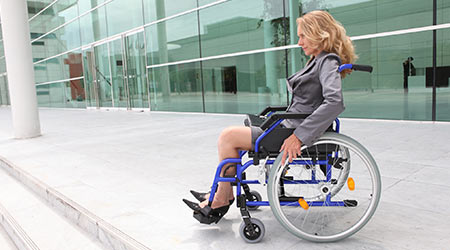
IAQ: Clearing the Air on Healthier Facilities
September 19, 2017
More work needs to be done to understand the effect of microbiomes inside buildings, according to a report from the National Academies of Sciences, Engineering, and Medicine discussed in an article on medpagetoday.com.
"We spend the majority of our time — 90-plus percent — indoors," says Vivian Loftness, MS, professor of architecture at Carnegie Mellon University in Pittsburgh, and a member of the committee that wrote the report. "Buildings house a wide variety of types of microorganisms that form dynamic microbial communities; these include bacteria and fungi. They could be living, they could be dead and still have an impact, or they could be dormant and brought back to life."
"There are many open questions. What mechanisms are underlying the health effects?" says committee member Diane Gold, MD, professor of environmental health at Harvard University in Cambridge, Mass. "Do infants without allergy or asthma respond the same [as those who have them]? If environmental microbes are ingested by toddlers crawling on the floor, do they have the same effect as toddlers inhaling the microbes? What about health effects other than respiratory?"
The 253-page report, entitled "Microbiomes of the Built Environment: A Research Agenda for Indoor Microbiology, Human Health, and Buildings," discusses what is currently known about the impact on human health of microbiomes in built environments, interventions that can be used to reduce the presence of hazardous microbiomes, and the gaps in knowledge that need to be filled. It ends with a vision for the future and a suggested research agenda.
Read more here..
This Quick Read was submitted by Dan Hounsell, editor-in-chief of Facility Maintenance Decisions, dan.hounsell@tradepressmedia.com. To read more about the causes of indoor air quality issues, visit https://www.facilitiesnet.com/11806FMD. To learn about educating occupants about IAQ issues, visit https://www.facilitiesnet.com/4135FMD.
Next
Read next on FacilitiesNet












